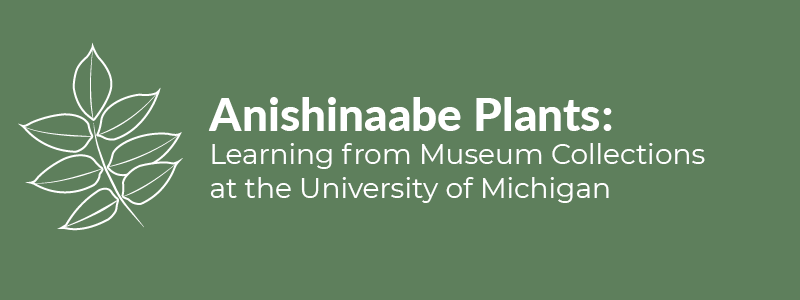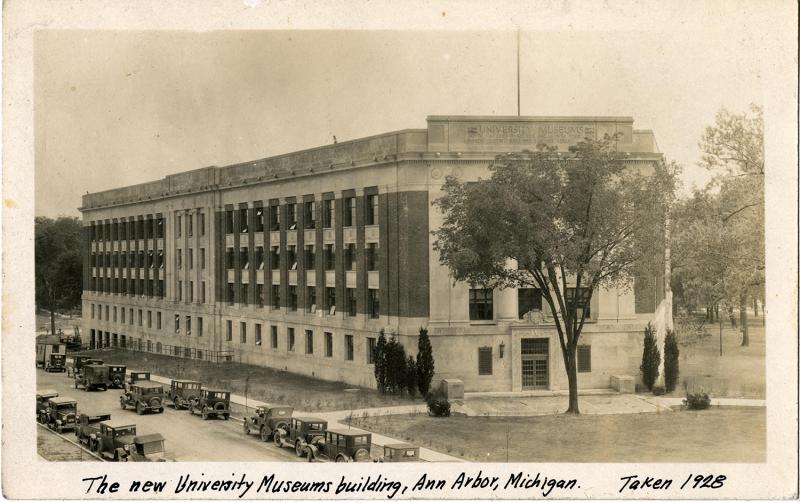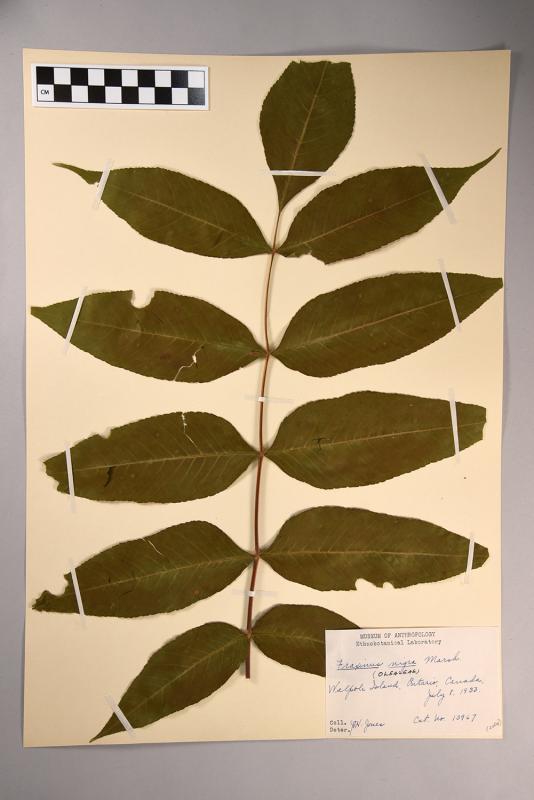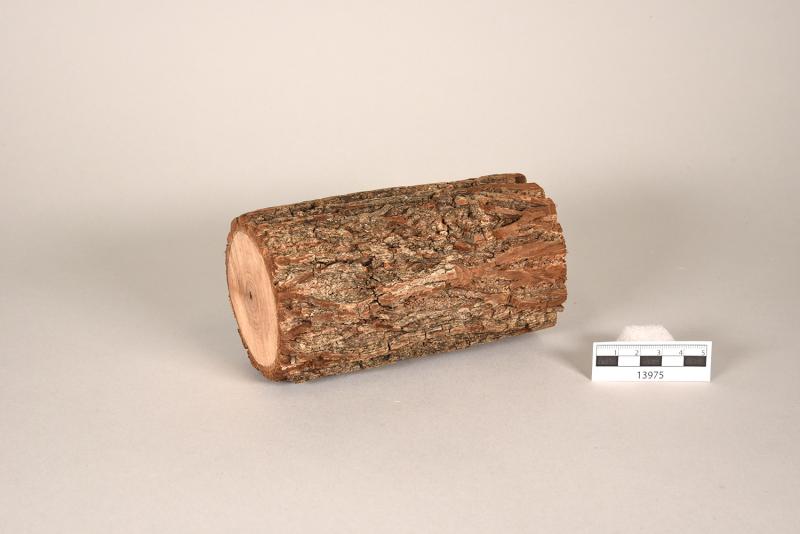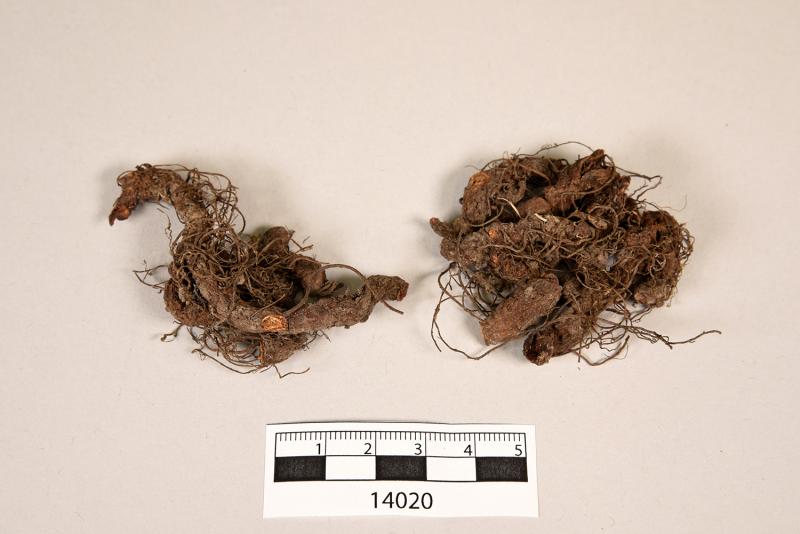Ethnobotany at Michigan
The ethnobotanical and ethnographic collections discussed in this website were collected for the Ethnobotanical Laboratory in the Museum of Anthropology, which is currently called the Museum of Anthropological Archaeology (UMMAA). The Museum was original located in the Alexander G. Ruthven Museums Building, which also housed three other research museums: Herbarium, Paleontology, and Zoology. The UMMAA collections are currently housed in the Museum Research Center.
The Ethnobotanical Laboratory was created by Dr. Melvin Gilmore in 1930, shortly after he was hired as the Curator of Ethnology. Gilmore was well-known for his research on the use of plants by Indigenous communities in North America, especially the Great Plains. The idea for the Laboratory was sparked by letters that Gilmore received asking him to identify plants recovered from archaeological sites. The Laboratory also conducted research on the traditional uses of plants by living communities to help interprete archaeological plant remains and to examine changes in plant use over time.
In order to identify the burned plant parts recovered from archaeological sites, Gilmore created a comparative collection of known plants. These comparative collections included all part of the plants (e.g., seeds, wood, leaves, etc.), as well as herbarium sheets.
Examples of plants collected for the comparative collection
Visit Volney Jones and the 1933 Textile Project to learn more about the history of the items discussed in this website.
